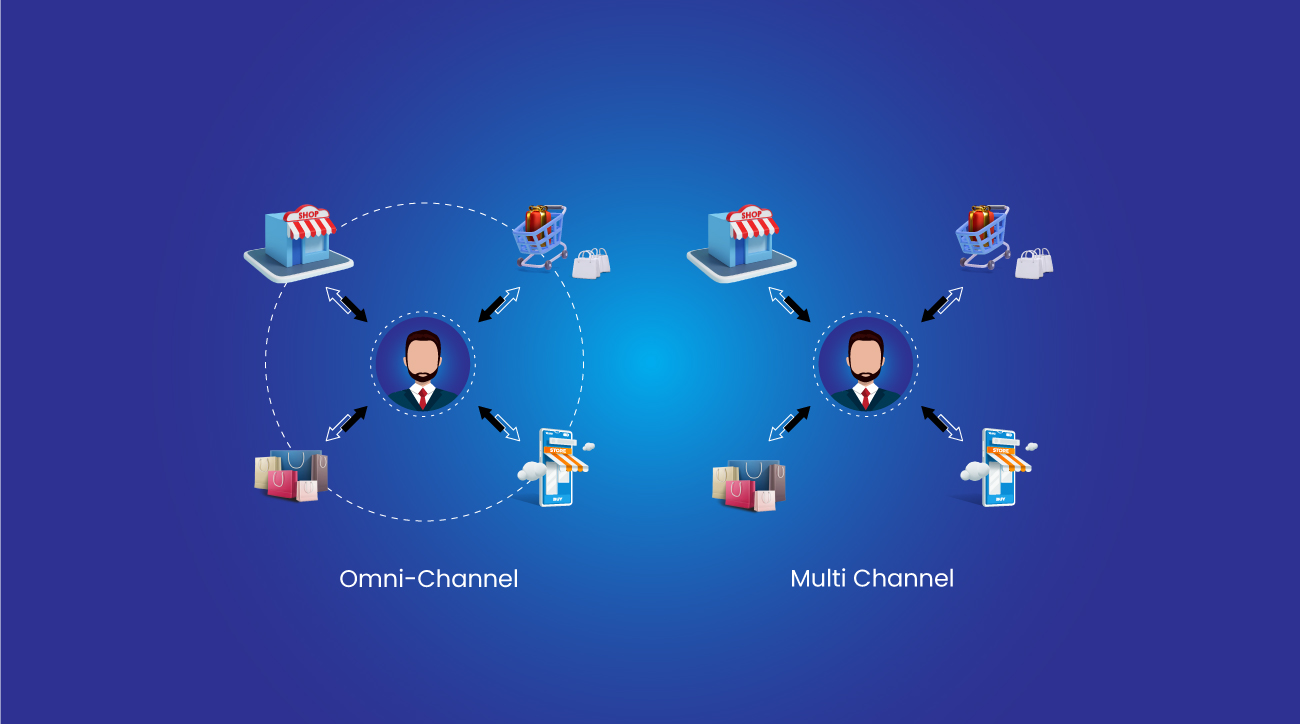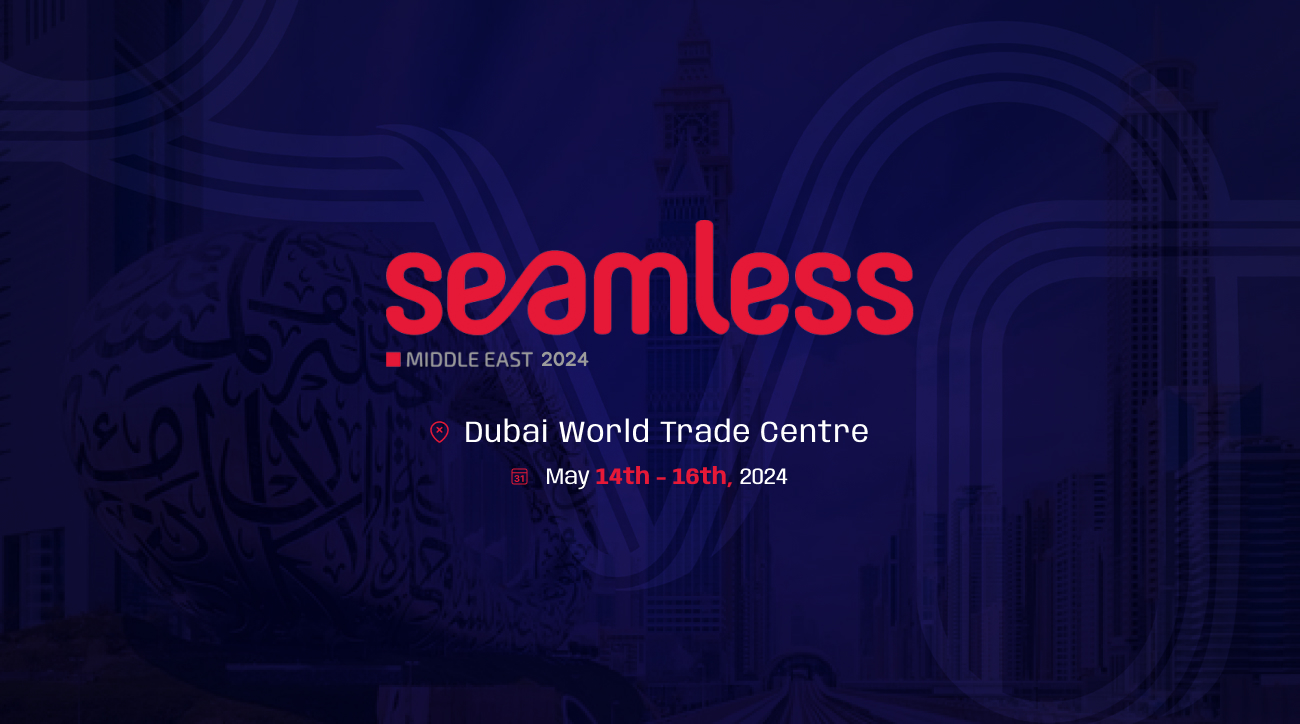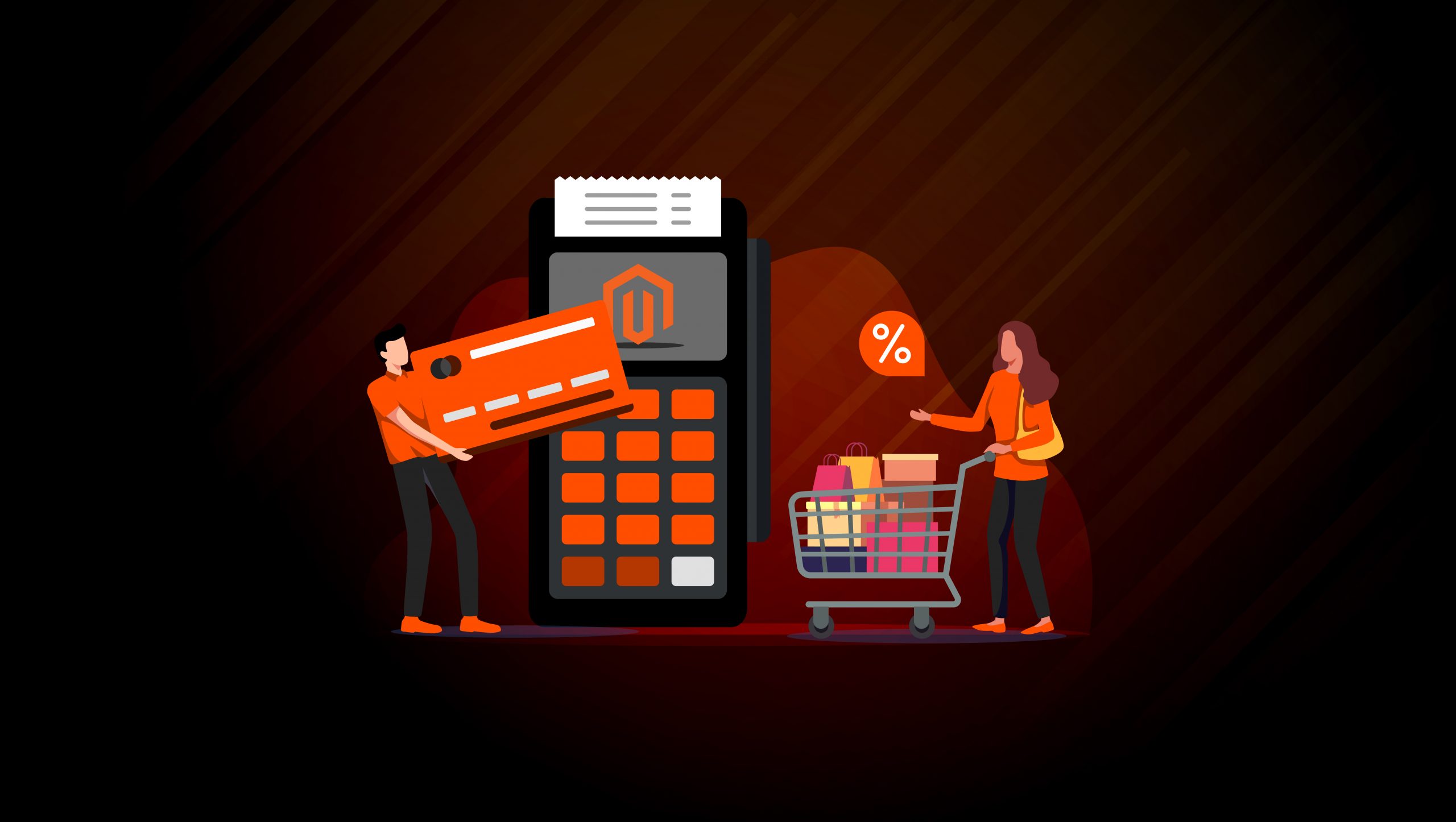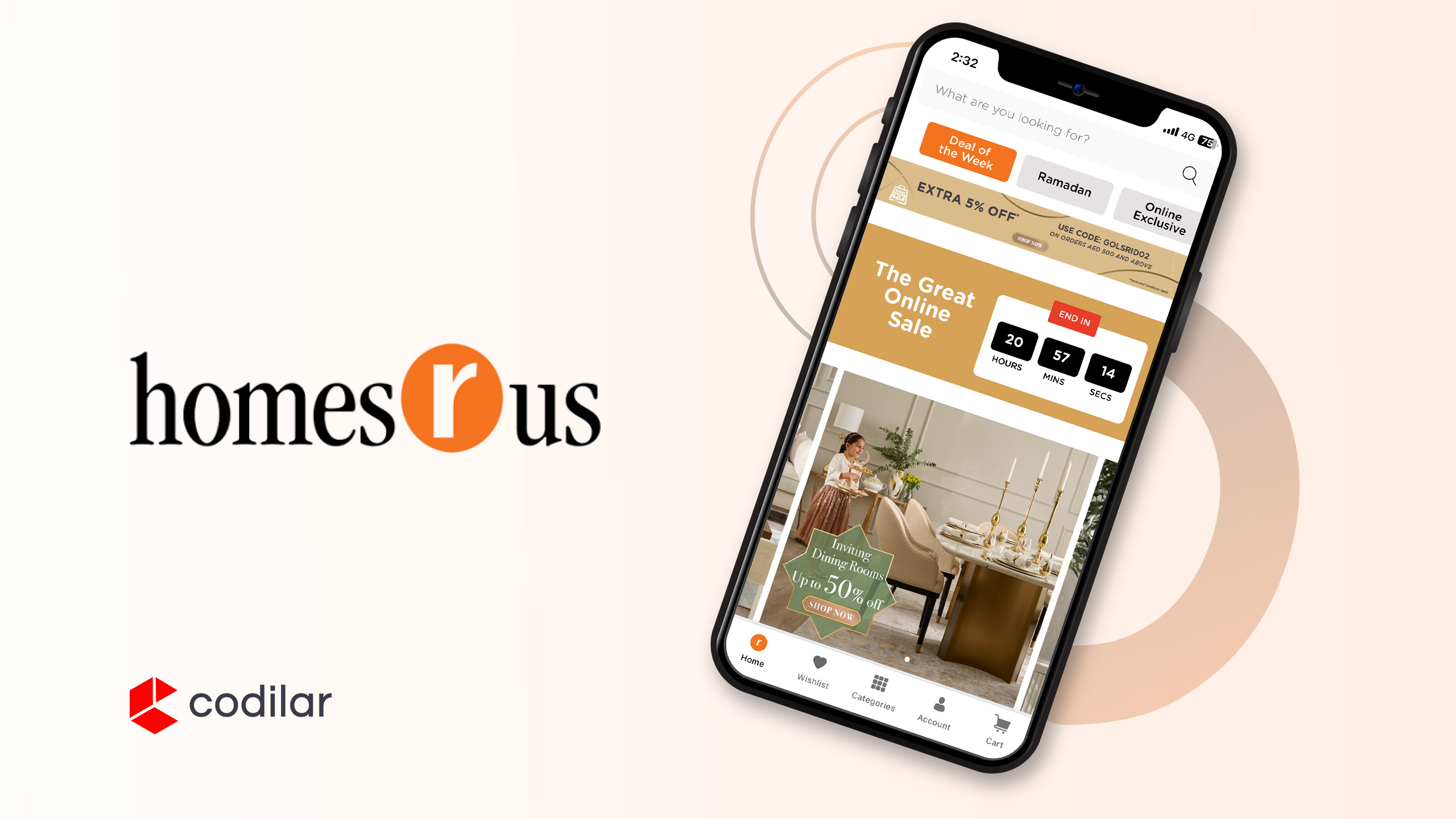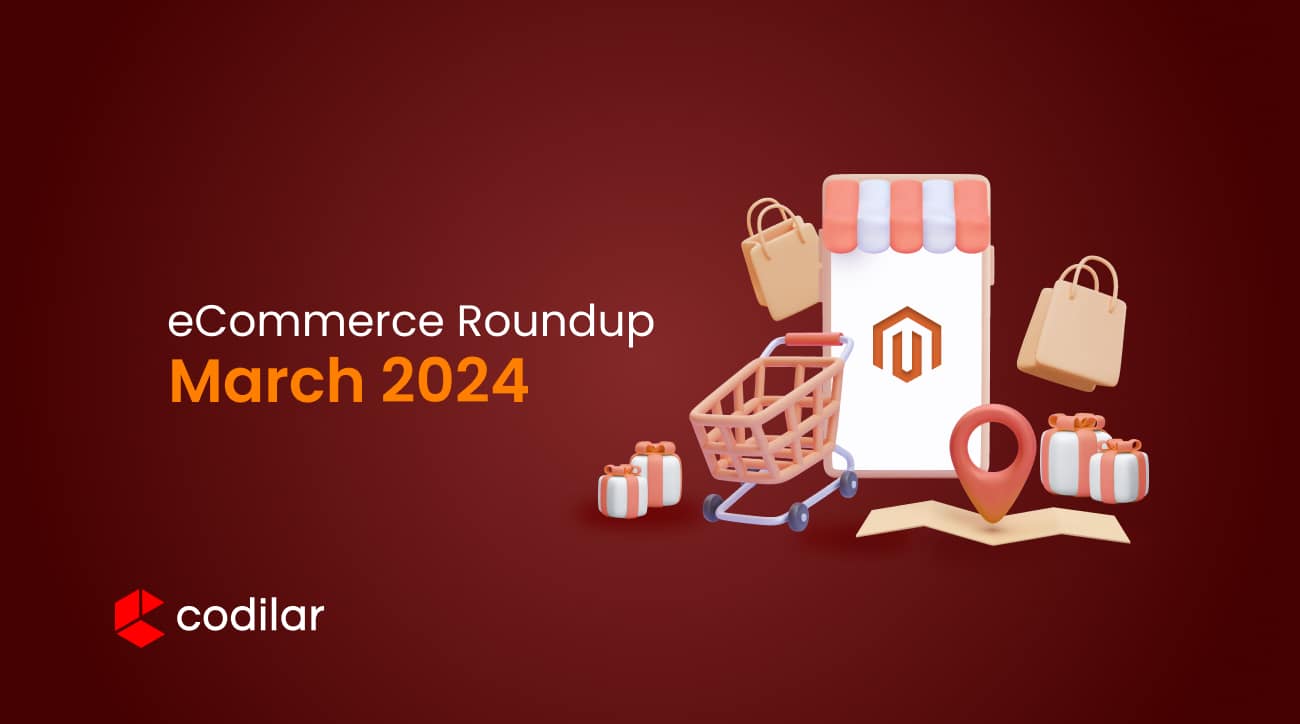Last Modified On – May 15, 2023
Omnichannel and multichannel retailing have emerged as dominant forces shaping the e-commerce landscape. Businesses can adapt either of the two concepts or mix them together to effectively blur out the line between online and offline channels, providing a seamless shopping experience with increased customer engagement.
Whether you choose multichannel or omnichannel retailing, prioritizing your customers’ needs and preferences is vital. Because, in the end, customers choose retailers who deliver consistent and superior end-to-end experience.
This article will help you explore the nuances of multichannel vs. omnichannel retailing in 2023. Discover the ideal strategy to adopt and explore how it can expand your business reach and amplify customer engagement.
What is Omnichannel retail?
Omnichannel retail is the process of integrating multiple offline, online sales and marketing channels to deliver a unified shopping experience. This results in a convenient and seamless experience for customers.
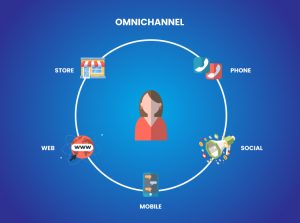
Have a look at the omnichannel survey conducted by Digital Commerce 360 in 2023, revealing the diverse ways consumers engage with businesses across multiple channels.
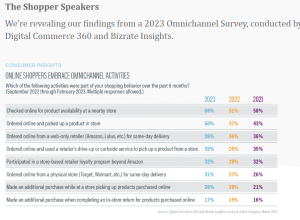
In simple terms, the interactions of the customer with the business through a number of channels will be connected. This includes integrating online, POS systems, mobile app, in-store, email, various social media networks and so on to boost business.
- Google’s report says that almost 52% of the online retail stores in the US have omnichannel features.
- According to AP News, 74% of consumers are convenience-driven and want an easy shopping experience that integrates e-commerce with in-store shopping.
The aim of omnichannel is to place the customer at the centre of all the activities instead of the product or other channels.
What is multichannel retail?
Multichannel retail is providing multiple ways for your customers to shop the products. This may sound a bit complicated but in reality is not.For example, if you are someone who sells products on the website, mobile app, Facebook shop etc, then you are already a multichannel seller.
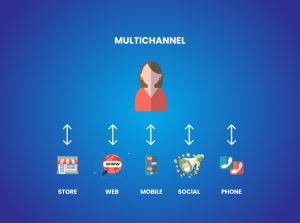
In simple terms, multichannel retail is reaching out to customers on two or more sales channels.The aim of multichannel retail is to provide a shopping experience in a medium which is most comfortable for the customer.
Important note – Multichannel retail is often considered as an advanced version of single-channel retail. This is because if one channel does not work out as expected, other channels can help.For instance, if a business is only selling on Amazon and if the seller’s account gets blocked then sales, revenue, and customer reach will be lost. This might bring the business to a halt.
The best solution for this is selling on multiple platforms, i.e. multichannel retail. Businesses that sell on multiple platforms such as Amazon, eBay, Etsy, Facebook Shop and so on have higher chances of success rate in the long run. Also, each platform has a specific set of customers, and hence multichannel retailing will bring a wider reach for businesses.
Difference between Omnichannel and multichannel retail
While both omnichannel and multichannel retailing strategies share the goals of enhancing customer engagement and improving profitability, they differ in terms of integration and consistency offered across channels.
For example, multichannel operations is a component of omnichannel retail but not the whole. Different elements of multichannel strategies need to be interconnected to create an omnichannel experience.
Let’s explore these differences to better understand its strength in creating an effective customer experience.
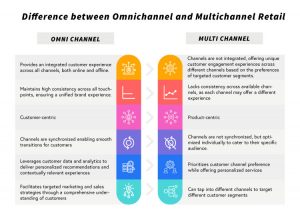
However, in light of technological advancements, the concept of omnichannel strategy is being replaced by a more innovative approach known as “phygital”. This emerging concept integrates the physical and digital realms to deliver an enhanced customer experience.
Omnichannel and Multichannel Retailing Examples
Omnichannel Retailing Example
1. Aldo
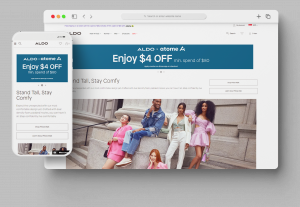
Aldo is a one-stop destination for accessible and affordable fashion footwear and accessories. Earlier it followed a multichannel retailing strategy due to which it faced several limitations. However, with the assistance of Codilar Technologies, a trusted technology partner, Aldo seamlessly transitioned its retailing strategy from multichannel to omnichannel retailing. Here is how the transition took place
- Implemented a robust and unified inventory management system seamlessly integrating Aldo’s online and offline inventory, enabling real-time stock visibility across all channels.
- Enabled single customer view by integrating with capillary CRM and capillary loyalty
- Implemented marketplace integration such as with Lazada and Shopee to enhance Aldo’s inventory management and order management processes.
- Developed a high-performing elegant UX in harmony with the local customer persona while adhering to ALDO’s global standards.
- Developed comprehensive multi-websites and multi-layered promotion engines with multi-lingual options and multi-currency payment gateways.
Check out the video to explore further
2. Abercrombie and Fitch
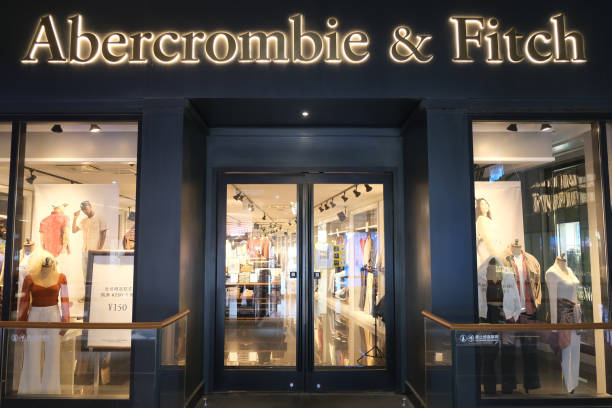
Abercrombie and Fitch is an established American retailer focusing on upscale casual wear. It has over 1,049 stores and also maintains two other brands – Abercrombie Kids and Hollister Co. They have implemented omnichannel for:
- Providing options for customers to search and buy online, and pick up in-store.
- Customers can return products from various channels and customer service can be reached via two or more channels.
- The cart will be updated across various devices. For instance, if a user adds a pair of shoes in their cart on their laptop, they can process from the same step on their mobile.
Multichannel Retailing Example
1. Nike
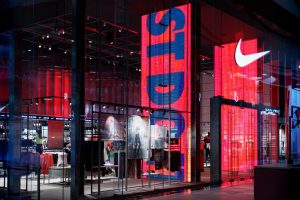
Nike, a global footwear brand successfully implemented a multichannel retailing strategy through the following methods:
- Launched a chain of physical stores to establish a strong physical presence.
- Partnered with various department stores and specialty retailers
- Have an e-commerce website and mobile application to promote online shopping and doorstep delivery.
- Leverages social media platforms to engage with customers and create brand awareness through promotional offers and the latest technology updates.
- Offers click and collect services, where customers can order online and pick up from nearby stores.
2. Sephora
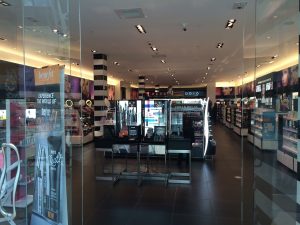
Sephora, one of the largest high-end fashion and beauty retailers headquartered in France has mastered multichannel retailing through the following strategies
- Launched a personalized website, mobile site, and iPhone application to provide distinguished customer service across different channels.
- Each channel offers a unique experience enabling customers to explore a new range of products
- It has a network of physical stores offering customers the opportunity to interact with the product, explore its quality, seek expert advice and attend beauty classes.
- About 20 US stores are equipped with iPads to help customers explore its product catalog more efficiently.
- iPads ensure a seamless customer experience enabling them to give reviews, read reviews, and develop awareness regarding the latest beauty products and trends.
- Have a strong social media presence across Instagram, youtube, Pinterest and Facebook to launch new products, share tutorials and collaborate with influencers.
- Have customer loyalty programs offering exclusive discounts and rewards for repeat purchases.
- Offers Click-and-Collect and Same-Day Delivery to ensure a swift and convenient shopping experience
Which one should I choose? Multichannel or omnichannel?
Customers are ready to pay 140% more in return for better customer experience, resulting in increased revenue and competitiveness. So, to make an informed decision regarding the optimal channel that suits you and your customers
1.Know your customers’ preferred channels.
Before setting up an omnichannel or multichannel customer service system, you have to know the most preferred channels of your customer.
Do the customers directly come to the website to find their answers? Or do they opt for the official Twitter business account to reach the customer? Or do they call the customer care service directly?
Relevant research and deep analysis should be done on the target audience before choosing any channel.
2. Improve the response time across various channels
Every customer expects a faster response. But if you are maintaining multiple channels, is it possible for you to deliver a faster response? Well, it is possible with implementation of omnichannel retail approach.
Either a team can be assigned to take care of the customer responses or you can use automated tools to deliver pre-defined answers.
Here, the prominence lies in responding to customer queries based on importance. Since you will be notified of customer questions from different channels, care should be taken to respond to the queries that require immediate action.
3. Integrate customer records with support channels
Consider this scenario: A customer has bought a new laptop and faces an issue. He contacts customer care via phone and explains the problem. Since it is too technical, customer care connects the call to the engineering department, and the customer has to explain everything once again as there is no record of the issue.
After a week he faces the same problem and contacts the same customer care number. But, the call is picked up by another customer care employee and the customer is asked to explain the problem again.
In fact, 84% of consumers are frustrated when the service provider does not have information.
There is a good chance that every one of us has already faced this issue, and still, this exists because of the lack of customer records. Set up your omnichannel customer care along with customer records to improve customer satisfaction.
4. Reduce the waiting time for customers
By having the record of customer history with the business, and tools to access and use multiple channels simultaneously, the waiting time for the customer can be reduced.
With omnichannel, businesses can swiftly take care of customer issues along with a deep understanding of the issues.
Omnichannel + customer service = maximum customer satisfaction
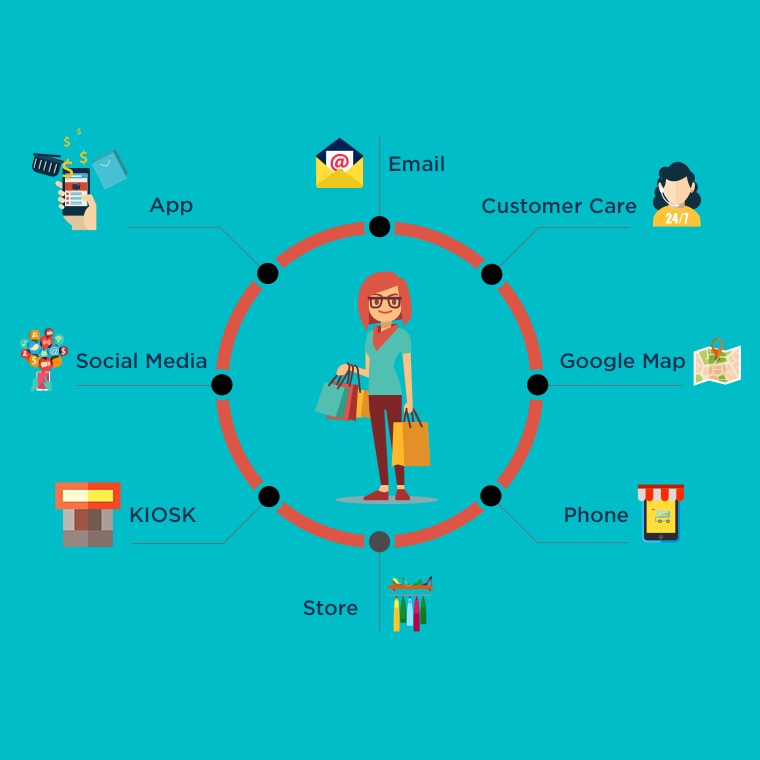
Therefore it is highly important to select and implement the right method. Omnichannel retail strategy is more like an advanced version of multichannel retail approach and the advantages of the former clearly overtake the advantages of the latter.
If you have already planned to implement omnichannel in your business just make sure you get the most crucial thing right – custom building and using an omnichannel system that matches the nature of your business and customers.
Omnichannel marketing
Now, let’s delve into the different strategies employed in omnichannel marketing.
Email Marketing
Email Marketing, even now, is one of the effective ways to reach customers. E-commerce platforms like Magento have a built-in email marketing tool that can help business to grow effectively.
Email marketing works the best when it is driven based on sales data. Target emails can be sent to customers who have purchased particular or similar products. Using purchase history and targeting emails accordingly is one way to get maximum results from email marketing.
For example, if your customer purchases a new phone, then there is a high chance for them to buy a phone case. An email containing suggestions for mobile cases along with an option to directly add to the cart can improve sales as well as customer satisfaction.
Customer loyalty programs
Starbucks is one of the leading brands that is using loyalty programs in a magnificent way.
Starbucks is a world-renowned brand that has implemented omnichannel to bring more convenience to its users. There is a dedicated Starbucks rewards app which customers can use to pay, track their rewards points, find stores, order on the way and do many more.
Customer will be handed over a free rewards card that can be used whenever a purchase is made. The customers can check and reload their card using the app, website and in-store. Any changes to the card and the customer profile will be updated on all the channels.
Retargeting Ad campaigns
Retargeting ads are also widely used by a number of businesses. If you don’t have any clue about retargeting ads – when you leave a website and later see ads from the previous website on the current websites you visit – those are retargeted ads.
Retargeted ads can also comprise trial offers or discount coupons to increase customer interaction.
Social media
Social media is where most people spend a lot of their time. Therefore it is not wise to leave the social media networks untapped. Select the right platforms that will suit the best for your business and your customers.
Social media helps in unique brand personalization and enhanced targeting which are two important elements that can grow a business. Learn how to use social media marketing for online stores.
Some of the popular social media networks for e-commerce businesses are
- YouTube
- Snapchat
Conclusion
As your business embraces the ever-evolving landscape of e-commerce, incorporating new technologies and strategies, it becomes imperative to adopt appropriate channels to engage with your customers effectively.
This blog briefly explains how omnichannel and multichannel retailing differ from one another with real-world examples. Gain valuable insights into the importance of understanding customer preferences and integrating various channels to deliver a seamless shopping experience. Also, have a look at how Codilar Technologies transformed Aldo’s omnichannel experience.
Your business, too, can experience a similar level of success. Collaborate with us, your trusted e-commerce solution partner. We can help you make well-informed decisions that align precisely with your unique business requirements. Feel free to reach out to us and let’s explore the endless possibilities together.
